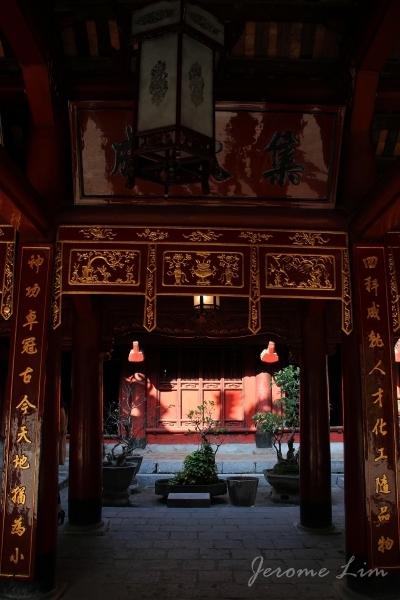Constructed in an effort to beautify the city, the “underground” car park topped with a roof garden that came to define the Raffles Place of post-independent Singapore, came in for some criticism as it was nearing completion. Likened to Lenin’s Mausoleum, its critics even went so far as to suggest that it be used for the repose of Singapore’s distinguished citizens. Despite the early reservations, Raffles Place Garden – as it was christened, was a quite a joy to behold. With its floral clock, fountain and a backdrop provided by Raffles Place’s characterful buildings, the garden became what could be thought of as the 1960s equivalent of an instagram-worthy spot.
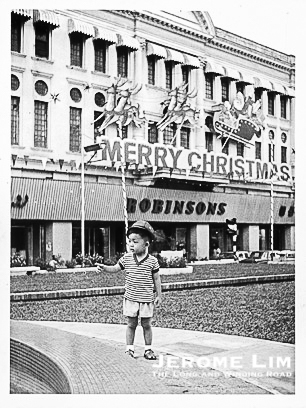
Christmas 1966 on the roof garden at Raffles Place, with Robinson’s behind.
That Raffles Place was certainly a place I connected with. My visits there usually coincided with the preparations for the year-end season of giving, which invariably led to Robinsons Department Store’s quite memorable toy department. Large and well stocked, the department was every child’s dream. I looked forward to visiting each year, even if that meant having to catch sight of Father Christmas, whom I was terrified of. Out of Robinson’s famous Christmas lucky dip, I once pulled out an orange coloured battery-operated submarine. It was a prized toy, even if I had to contend with using it once every three months during our seaside holidays at Mata Ikan – in the holiday bungalow’s bathtub!
The promise of good food was another thing to look forward to when visiting Raffles Place. Makan time would on a special occasion, lead me to the Honeyland Milk Bar at Battery Road, which was just around the square’s northeast corner. There was always a sense of anticipation that I got as the parting of the café’s heavy doors delivered a cold rush of Worcestershire sauce scented air. The café’s chicken pies were to die for. I enjoyed the pies with a dash of tomato ketchup – which I never could quite manage to cajole out from the sauce bottle without some help.

Raffles Place’s little “corners”, which included Change Alley, added much to area’s unique charm. “Chin Charlie” to me and many non-English speakers like my maternal grandmother, it was a fascinating place to wander through and one of the places that made the Singapore of the 1960s, Singapore. The famous alley, which featured in films and in a BBC newsreel, seemed to be always be full of life and for a while, laughter – emanating from numerous laughing bags being set off in the alley by its many toy vendors as a form of advertisement. Popular at the end of the 1960s, the toys took the form of tiny drawstring bags that contained sound boxes.

The Raffles Place end of Change Alley, 1969 (Kim Hocker Collection).
Little did I know it as a young child, but the laughter, along with the Raffles Place that I knew and loved would soon to see lasting change. A tragic fire in November 1972, which resulted in the loss of nine lives, also saw to Robinsons losing its iconic Raffles Chambers home it had occupied since 1941. The subsequent move – of Robinson’s to Specialists Centre in Orchard Road – also severed the store’s connection with the square, which could be traced back to 1858.

Raffles Chambers – before Robinson’s moved in.
By the time of the fire, the area had in fact already been in the cusp of change. At the glorious waterfront – Raffles Place “backyard”, the grand old turret-topped 1923 built Ocean Building had come down in 1970 to make way for a towering third. The 1923 Ocean – the second to stand on the site – was the forerunner of a building frenzy that would shape Singapore’s bund at Collyer Quay, which by the 1930s possessed a quality that could be compared to Shanghai’s more famous embankment. The second Ocean’s demise set a reversal of the process in motion. Two more of the waterfront’s grand 1920s edifices erected a year after the Ocean, Hongkong and Shanghai Bank Chambers and Maritime (ex-Union Insurance) Building, would also make way for the new.

John Little’s Building early in 1946 – when it was used temporarily as the Shackle Club [source: Lizzie Ellis on Flickr (CC BY 2.0)].
On the square, one of its famous landmarks – John Little’s Building – was sold in 1973. This would lead to Raffles Tower (now Singapore Land Tower) being put up in its place. Incidentally, Raffles Tower when it was still under construction, was the scene of a dramatic aerial helicopter rescue – the first in Singapore’s history. The rescue on 21 October 1980 came at a time when 19 out of tower’s intended 48 floors were completed. A fire broke out on the 18th floor, which left a crane operator stranded on a tower crane perched on the top of the uncompleted building some 60 metres above ground. The daring rescue effort saw the operator plucked from the crane’s boom to safety by the crew of a RSAF Bell 212 helicopter .

Singapore’s first helicopter aerial rescue was over Raffles Place on 21 October 1980.
Raffles Place would also lose its car park and roof garden not so long after this incident. A well-loved feature by that time, the garden’s lifespan fell short of the “many, many decades” that Mr Lee Kuan Yew had predicted it would last when he opened it in November 1965. The construction of the Mass Rapid Transit (MRT) system just two decades later, meant that the structure and its garden, went the way of Raffles Place’s older icons in mid-1984.

Raffles Place – still with its garden – in the late 1970s. The former Mercantile Bank can be seen at the end of the square.
The building of the MRT also took out the other landmarks that could be identified with old Raffles Place. The former Mercantile Bank (built 1929) was one. The building, which marked the square’s southern end, had been purchased by Chartered Bank to house its Singapore headquarters while its 6 Battery Road HQ at the square’s opposite end, was being rebuilt. Chartered Bank’s new premises at 6 Battery Road, which was put up at the start of the 1980s incorporated a provision for the MRT to be built at a time when the question of whether the MRT should be built was still being deliberated.

Over a CBD in transition at the end of the 1970s. Renewal, redevelopment and reclamation would change the face of a part of Singapore that at the point of independence, had a certain old world charm (photo source: Panoramio).
Raffles Place today, wears a look of modernity reflective of Singapore’s impressive progress since the car park and its roof garden was unveiled. Cold as it may have become enclosed by the wall of towering symbols of success, Lenin’s tomb it is not nor a place of repose for the distinguished – other than the distinguished past. There are the reminders of the square that was replaced if one looks hard enough – found in the names that are retained and in some of the new structures that have come to define the new Raffles Place.
Raffles Place over the years

Raffles Place stands on the site of a hill that was levelled in 1822 to provide filler for the reclamation in way of the south bank of the Singapore River that provided the grounds for Boat Quay.

Raffles Place in the late 1800s. The garden seen in this G. R. Lambert print was one of Commercial Square’s early features, which was laid out, planted with trees and enclosed by a low wall and a wooden fence in the mid-1830s. The marble drinking water fountain seen in the photograph was the one presented by John Gemmill in 1864. The donation involved more than just the fountain as it required the laying of pipes from Mr Gemmill’s property at Mount Erskine to Raffles Place. The fountain originally had metal cups chained to it. The fountain, which now stands outside the National Museum of Singapore, found its way to Empress Place, before being moved to the museum in the 1970s.

Gemmill’s fountain – at the National Museum of Singapore.

Another G R Lambert print from the late 1800s. Originally Commercial Square, it was named Raffles Place by the Municipal Commission in 1858.

By the 1900s Raffles Place was well developed into a commercial and banking centre. This postcard view of Raffles Place in the 1930s shows several banking institutions established around in the square such as (from left to right): Mercantile Bank of India, Banque de l’Indochine (French Bank) and Yokohama Specie Bank (YS Bank in Meyer Chambers).

Preparations for war, 1941. A machine gun pillbox seen in front of a John Little’s Building fitted with brick barricades.

Air raid wardens are dousing an incendiary bomb in Raffles Place in 1941 as part of a regular weekly mass demonstration to make Singaporean’s bomb conscious and informed (source: Library of Congress – no known copyright restrictions).

A bomb damaged Raffles Place following the first Japanese air raid on Singapore on 8 Dec 1941.

Raffles Place in the 1950s, by which time stores such as John Little – established in the 1840s and Robinson’s, founded in the 1850s, were already very well established and were household names.

Plans for a garden at Raffles Place were first announced in Nov 1963 during a State Government policy address made by Yang di-Pertuan Negara Yusof Ishak to the Legislative Assembly – the first with Singapore a State in Malaysia and the last ever. Work commenced on what was to be a 150 car capacity underground car park topped by a roof garden in July 1964. By the time LKY opened the carpark and roof garden in Nov 1965, Singapore was an independent country. LKY expressed his disappointment that the car park had to be elevated a metre above the ground for ventilation and access and observed that some had likened one end of the structure to Lenin’s tomb. He also noted that there were also suggestions that “we might perhaps repose the precious remains of some of our more distinguished citizens in one end of this square”.

Mr David Ayres’ capture of Raffles Place in 1966, which made its rounds around the internet in 2012. The photograph shows the roof garden and looks towards the northern end of the square with the Chartered Bank Chambers on Battery Road at the far end (source: David Ayres on Flickr).

Another northward view – this one in 1969 courtesy of Mr Kim Hocker (Kim Hocker Collection).

The five-foot-way along John Little’s Building in 1969 (Kim Hocker Collection).

Trishaw riders outside Oriental Emporium at Raffles Place in 1969 (Kim Hocker Collection).

A view of the car park from street level with a staircase to the roof garden (Kim Hocker Collection).
The Malacca Street end of the car park and its location today.
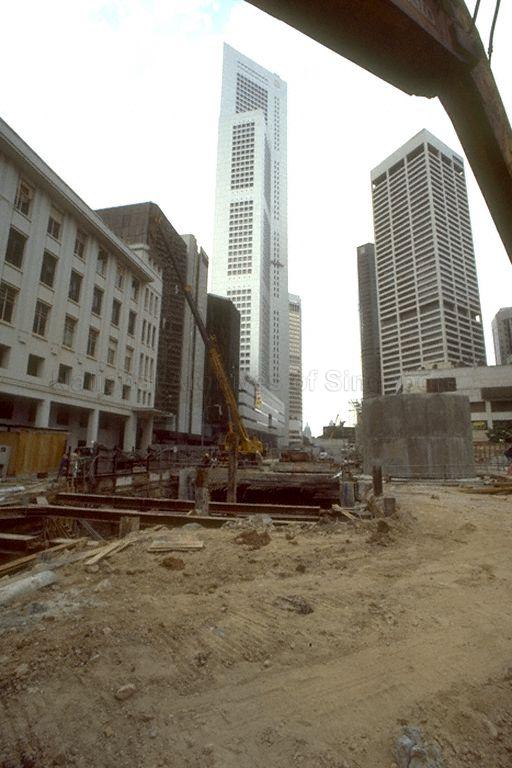
A view towards the north end with MRT construction work, 1987 (National Archives of Singapore).

A northward view today. The John Little’s Building is replicated on the main entrances to the MRT.

A southward view of Raffles Place today.

The Singapore Land tower (R) – where the rescue of the crane operator took place in 1980.

One Raffles Place – which occupies the site of Robinson’s and Meyer Chambers.


























































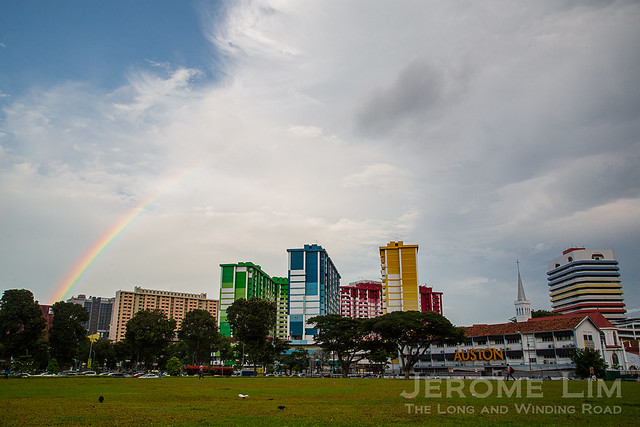





























































































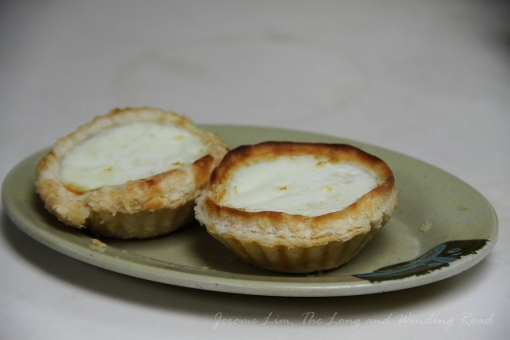






































 Gold production (photographs taken with a Panasonic LUMIX DMC-GF5).
Gold production (photographs taken with a Panasonic LUMIX DMC-GF5).


















 For the month of February, you can get the shaker bottle for free – there is a special banded promotional pack on offer with one of these cool MILO® Easy Cool shaker bottles. The shaker bottle makes up to two glasses of cold MILO® into which two sachets of MILO® Easy Cool can be emptied and 300 ml of water added.
For the month of February, you can get the shaker bottle for free – there is a special banded promotional pack on offer with one of these cool MILO® Easy Cool shaker bottles. The shaker bottle makes up to two glasses of cold MILO® into which two sachets of MILO® Easy Cool can be emptied and 300 ml of water added. 










